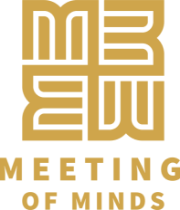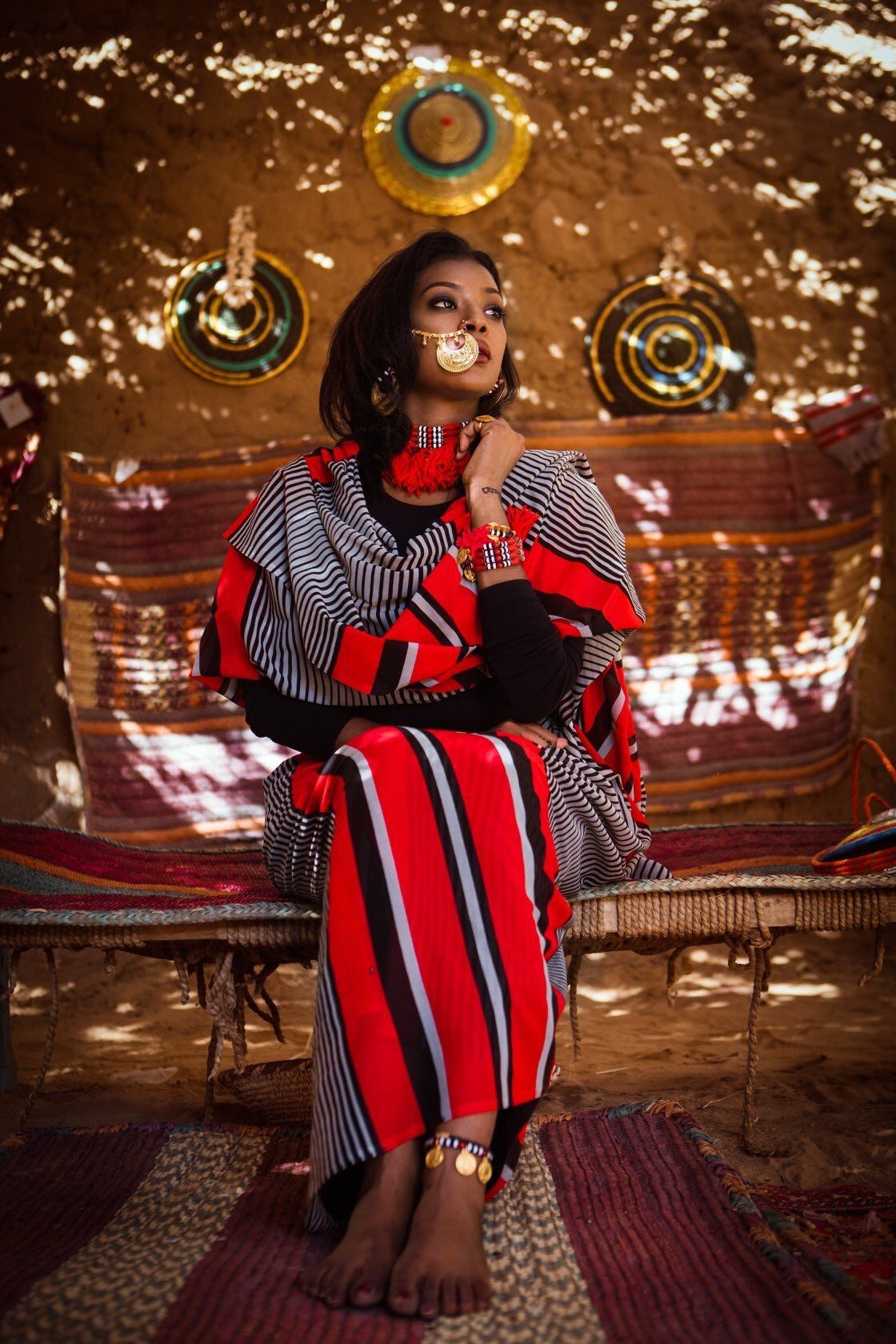In Conversation with Rowa Ahmed, Designer and Community Organiser
In Conversation with Rowa Ahmed, Designer and Community Organiser
I met Rowa Ahmed, a Sudanese artist and textile designer from Khartoum, Sudan, in 2020. She took me to markets, in exploration of fabrics and tailors, and told me about Sudanese garments and how to reinvent traditional colours and patterns. I witnessed her passion for textile and fashion design and the clothing factory she had just started working in. One year later, we reconnected online. Despite the pandemic, Rowa is following her vision to raise awareness on high-quality textiles made in Sudan whilst creating her own fashion brand, improving the working conditions of female factory workers in the process.
Q: What is it like to work in fashion in Sudan?
“At this time, after the revolution, it’s exciting and full of opportunity. Before the uprisings in 2019, I was struggling to get the materials I needed to create because Sudan was listed as a country supporting terrorism and under sanctions. It was impossible to order anything online, so I started working at the factory, hoping that they could provide me with materials for my work. Now I have many more options in terms of textiles but being a textile designer is still a struggle. People think of me as someone who only designs toubs, our traditional dress. They come to me with their fabric and always expect the same shape. It’s like copy and paste, and I don’t like it. I am passionate about creating new designs.”
Q: What is your role in the factory?
“I’m the only woman and the youngest person in its management department, so I have a lot of responsibility and pressure. I want to introduce fairer work modes, access new markets and create new designs, and I have to prove to myself that I can do it. I am responsible for our first civilian clothing line. Before the revolution, the factory mainly supplied the military with uniforms. This mentality is still very much ingrained in our work process. For me, it’s important to give the public an alternative to imported polyester, so I convinced management to launch a collection of clothes that are made of 100% cotton to be distributed in local markets. I want people to be more aware of the fabrics they wear and how specifically polyester harms their skin. Of course, as an artist, I want to print my own designs on these clothes.”
Q: How do you deal with being the only woman in the factory?
I’m not the only woman in the factory, only in the management department. 80% of the workers are women, most of them have university degrees but couldn’t find jobs because of the country’s dire economic situation. Most Sudanese men find it shameful to sit and sew clothes in a factory.
Men work in management; women do the actual work.
Many of the ladies come to me saying, “we produce all that stuff, why don’t you appreciate our efforts publicly?” and they are right. I’m working on raising the women’s salaries and involving them more. I know that ladies in this country can do anything and that without their effort and skills, nothing would be produced.
Q: What are the workers doing about their situation?
All workers get training, and many use these skills to open their own small businesses after a while. It’s amazing what Sudanese women can do from their living rooms. I’m trying to convince my college at Sudan University, which is the only college for design and fashion in the country, to offer these women courses on textiles and colouring. We have so many raw materials that we export rather than creating our own products.
We waste our land for other people; we give away what we have and get cheap polyester in return.
I know that with the right education, the women who have started their own businesses could colour their toubs with organic homemade colours and use fabrics that last longer and are healthier for the skin.
Q: Amazing. You also work on educating people on the differences between textiles, don’t you?
Yes! I take our clothes to markets and educate sellers about the differences between polyester and cotton and how the quality of fabric impacts people’s wellbeing. For example, most babies have rashes because they wear polyester in hot weather. Mothers are often not aware that the clothing itself causes this; they assume it must be the weather. I created a line of baby clothing that is 100% cotton, and I go to markets and show people how to spot good textiles with easy tricks that I learned at university.

Rowa in a 100% toub of her own design
Q: How have the Sudan Uprisings in 2019 affected your work?
Everything is easier now. Like I said, it was very difficult in the past to engage with the international community and access materials that we don’t produce in Sudan. We had to use the black market for money exchange and could only get deliveries by sea. With the sanctions lifted, we can transfer money through banks and order online. We can do whatever we want because we are not scared of the government anymore. A few years ago, the police would randomly disperse fashion shows. Now, the creative scene is flourishing, and many women are building up fashion brands.
Also, society is changing its mindset about entrepreneurship and work. A few years ago, many jobs were considered shameful. You couldn’t be a taxi driver or work in a factory if you wanted to be ‘respectable’. Now, if you have an idea for a business, your community will support you. “Made in Sudan” holds a lot of power and pride.
Q: What is your vision for your art and society?
I want to use my art for the benefit of my community in terms of health, investing in our economy, and celebrating our culture. Most fashionable Sudanese follow trends from outside, whereas I put my own touch on clothing. I use traditionally Sudanese colours and patterns to remember the history of my country, which nobody outside knows about. I incorporate places that tell stories and also ways of wearing clothes. Why not wrap a shirt the way we wrap a toub? We are living in an exciting time, and I want to play with what we have and what we can have. I would love to open my own factory and have my own brand run by Sudanese people who are paid fair salaries. We will export our unique clothes, and the money will go to the Sudanese people and help build our country.
Listen to how Rowa goes about incorporating feathers into the design of a cushion:
NB: Rowa is currently building her online website and carving out a space for her creations. In the meantime, you can find her on Instagram You can listen to more of this interview below…
Written By: Amuna Wagner – a German-Sudanese writer living between Cairo, Nuremberg and London. Her writing covers themes of gender, heritage and decolonisation. Follow her on Instagram and check her blog Kandaka
Header Image: Sudanese Fashion at Karmakol International Festival 2018





